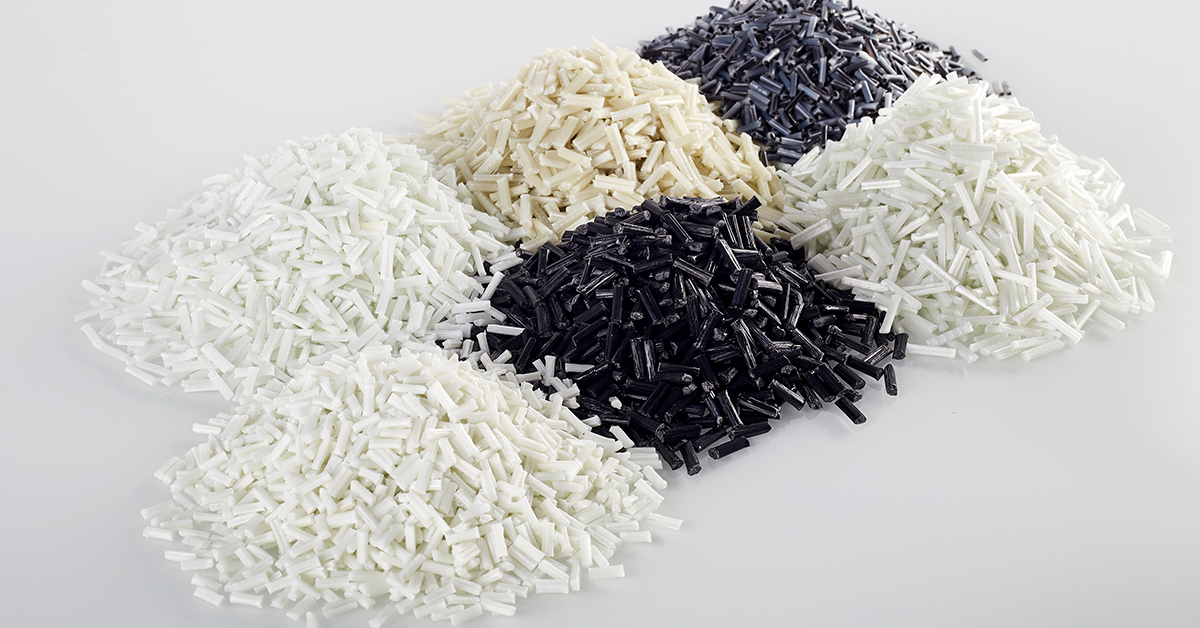nuevo blog

La estructura molecular del PPS consta de un anillo de benceno y átomos de azufre interdispuestos, la configuración es ordenada, fácil de formar una alta estabilidad térmica de la estructura cristalina. Al mismo tiempo, la estructura molecular del material PPS tiene características de enlace químico altamente estable, la estructura del anillo de benceno hace que el PPS sea más rígido y el enlace éter de azufre (-S-) proporciona un cierto grado de flexibilidad.
El PPS en sí tiene buena resistencia al calor, retardante de llama y resistencia química, debería ser un material prometedor, pero existen algunos problemas en el PPS puro:
El PPS no modificado tiene algunos defectos inevitables:
Procesamiento difícil: este es el mayor problema de todos los materiales resistentes a altas temperaturas: las altas temperaturas de procesamiento, sin importar el proceso de moldeo o el consumo de energía del procesamiento, enfrentarán grandes desafíos. Además, el PPS todavía es propenso a la reticulación por oxidación térmica en el proceso de fusión, lo que resulta en una fluidez reducida y mejora aún más la dificultad de procesamiento;
Mala tenacidad: la cadena molecular de PPS es rígida, la cristalinidad máxima es tan alta como el 70%, el alargamiento es bajo y la resistencia de la soldadura no es tan buena. Como resultado, la resistencia al impacto del PPS no modificado es pobre, lo que limita el alcance de la aplicación.
Alto costo: en comparación con las materias primas de PPS y los plásticos de ingeniería en general, el precio es aproximadamente 1 o 2 veces mayor y algunos materiales modificados tienen un rendimiento de bajo costo en comparación;
Recubrimiento difícil: la resistencia química, la resistencia media también es un arma de doble filo, el recubrimiento de superficie de PPS y el rendimiento de coloración no son ideales. Si bien esto no es un problema importante por ahora, es un factor limitante.
El PPS sin modificar es difícil de aplicar, por lo que si se va a modificar, ¿en qué dirección se debe cambiar?
En los últimos años, con la popularidad de 5G y los vehículos eléctricos, la aplicación de PPS modificados se está expandiendo constantemente, como soportes de batería, placas de cubierta, diafragmas de baterías de litio, equipos de comunicación 5G, terminales inteligentes, etc.
Fortalecer y endurecer
Actualmente, el PPS se utiliza principalmente mediante relleno de fibra y aleación, dos formas de mejorar las propiedades mecánicas.
Además del refuerzo de fibra de vidrio común, la fibra de carbono, la fibra de aramida y otros rellenos también son sistemas de modificación gradualmente populares.
Modificación dieléctrica baja
Para mejorar las propiedades dieléctricas de los materiales, en la actualidad se utiliza generalmente la forma de mezclar aleaciones. Por ejemplo, PPS/LCP, según la investigación, el sistema de aleación puede estar a 1MHz, la constante dieléctrica óptima hasta 2,5.
Además de las aleaciones, el relleno de bajo dieléctrico es uno de los métodos posibles. Los rellenos como las perlas de vidrio huecas y la fibra de vidrio de bajo dieléctrico también pueden reducir eficazmente la constante dieléctrica de los compuestos de PPS.
Según la investigación, el moldeo por extrusión puede reducir la constante dieléctrica por debajo de 3 y el rendimiento eléctrico es estable entre 40 y 120 ℃. Además, la resistencia y las propiedades dieléctricas de los compuestos se pueden mejorar aún más mediante un tratamiento de acoplamiento superficial.
Modificación de la conductividad térmica
En los escenarios de aplicación de baterías de vehículos de nueva energía o alta frecuencia 5G, no solo se requiere una buena resistencia al calor de los materiales, sino que también se plantean ciertos requisitos para la conducción del calor. Sin embargo, la conductividad térmica del propio PPS es pobre, generalmente inferior a 0,5 W/(m·K).
En la actualidad, el uso principal de metal y relleno inorgánico es de dos maneras. El relleno metálico puede mejorar la conductividad térmica, pero también reducir el rendimiento del aislamiento.
Rellenos inorgánicos, incluidos óxidos, nitruros, materiales de carbono, etc. PPS/óxido de magnesio es la opción principal, que puede aumentar la conductividad térmica del material a 1,61 W/(m·K);
El nitruro es más complejo en preparación y tecnología, pero también tiene una mayor conductividad térmica. La conductividad térmica del compuesto de nitruro de boro al 40% puede alcanzar 4,15 W/(m·K).
El grafeno, CNT y otros materiales de carbono también son la opción para la modificación de la conductividad térmica del PPS. Se puede lograr un buen equilibrio entre la cantidad de adición y la conductividad térmica. Por ejemplo, la conductividad térmica del compuesto puede alcanzar 4,414 W/(m·K) con una fracción de volumen de 29,3 % de grafeno.
Modificación de membrana compuesta
Para el mercado de diafragmas de baterías de litio, también se está aplicando PPS.
Anteriormente, el material de diafragma comúnmente utilizado era la poliolefina, pero la infiltración de electrolitos y la estabilidad térmica de los materiales de poliolefina son relativamente pobres y es fácil producir contracción y fusión a alta temperatura.
La resistencia química y la resistencia al calor del material PPStambién tienen cierto potencial de modificación. En la actualidad, el método principal es recubrir la superficie del diafragma de PPS para preparar el diafragma compuesto.
Este método se ha ido aplicando gradualmente desde la investigación académica hasta la industria. Se utiliza tela no tejida PPS como material base y PVS como material de revestimiento. Después del recubrimiento físico, el secado y el tratamiento de prensado en caliente, se prepara el diafragma compuesto de batería de litio no tejido PVS/PPS.
En comparación con las membranas de poliolefina tradicionales, PVS/PPS puede garantizar una mejor humectabilidad, aunque el espesor aumenta y la capacidad específica de descarga es mayor que la de las membranas de poliolefina.

Expertos técnicos en línea las 24 horas para brindarle servicio.